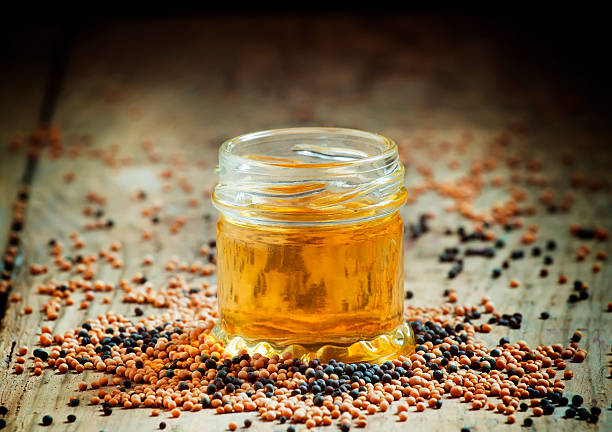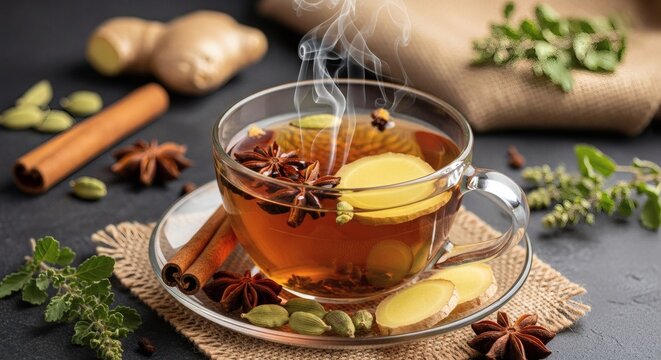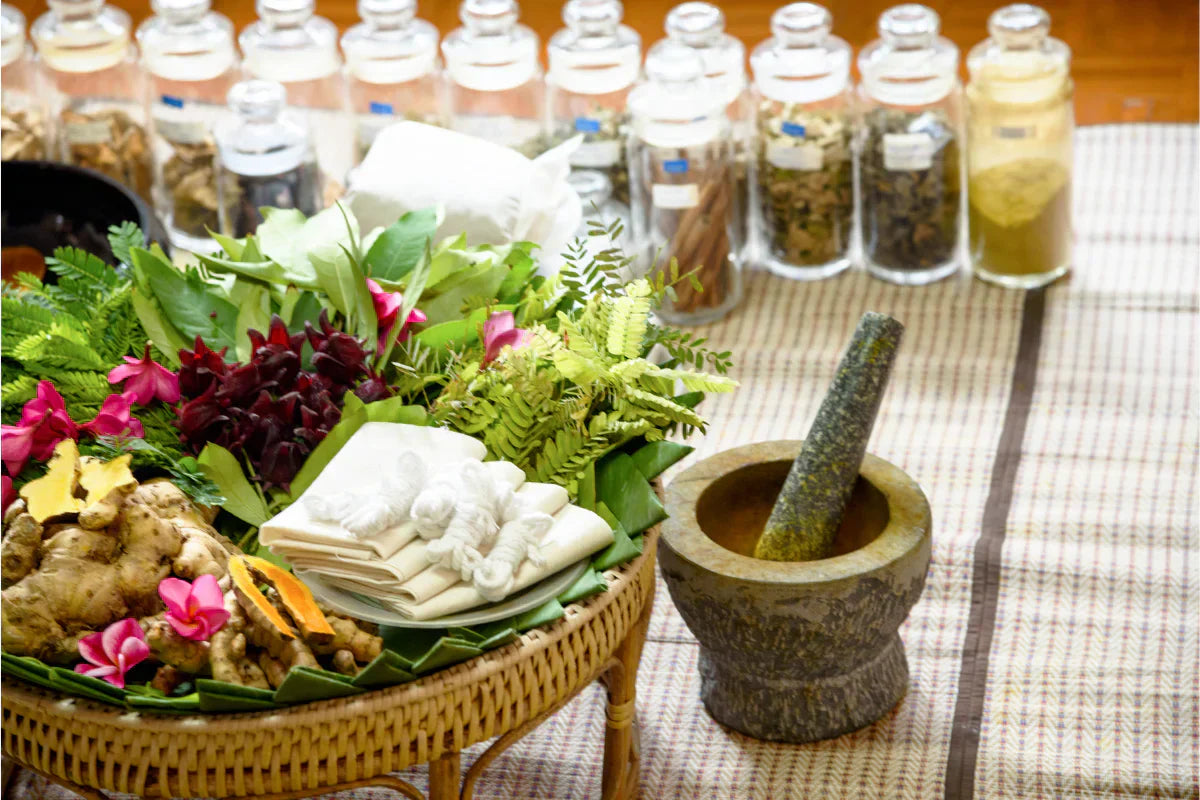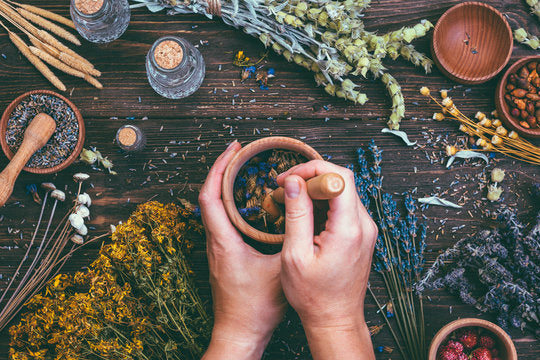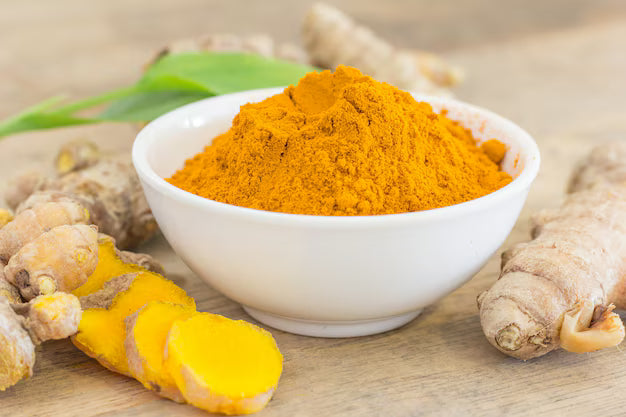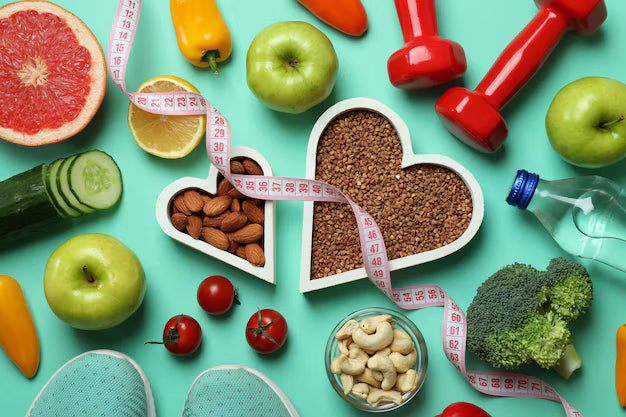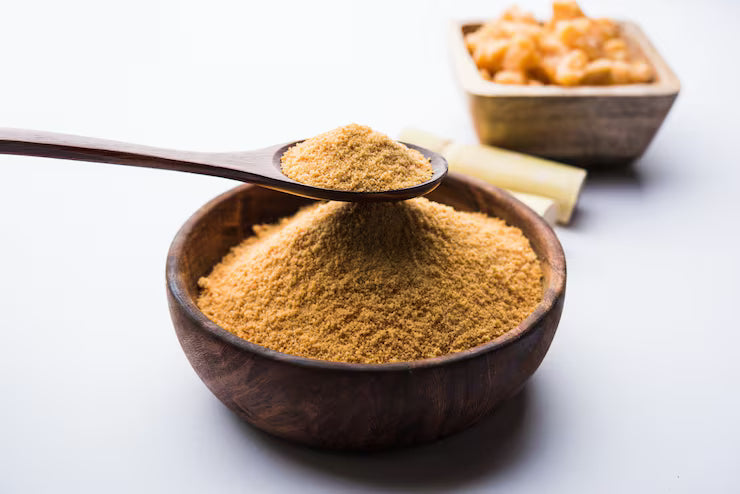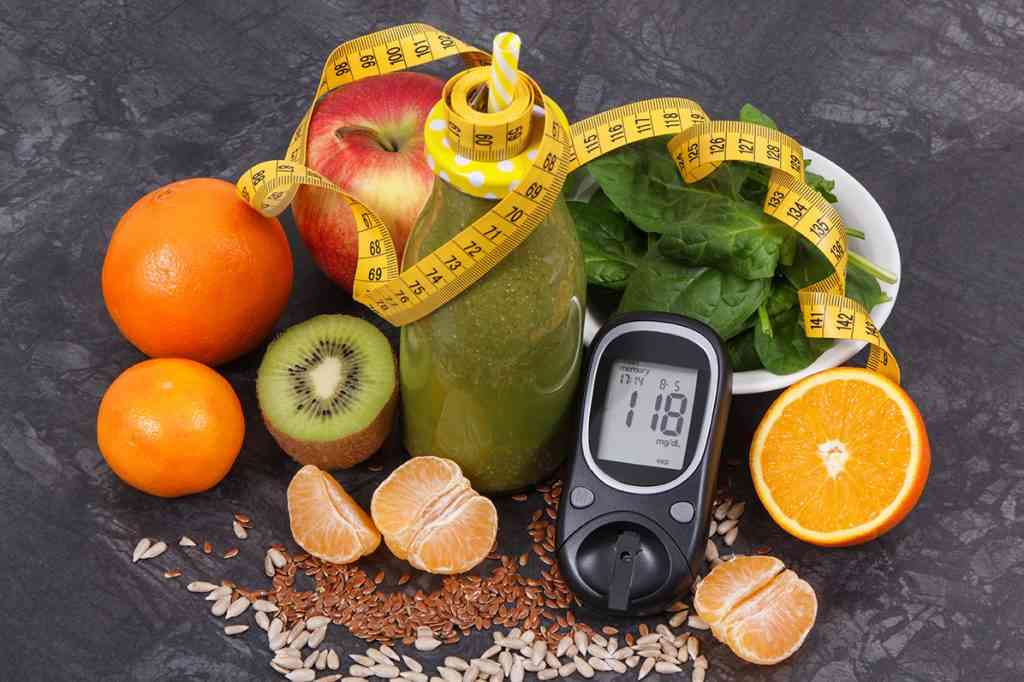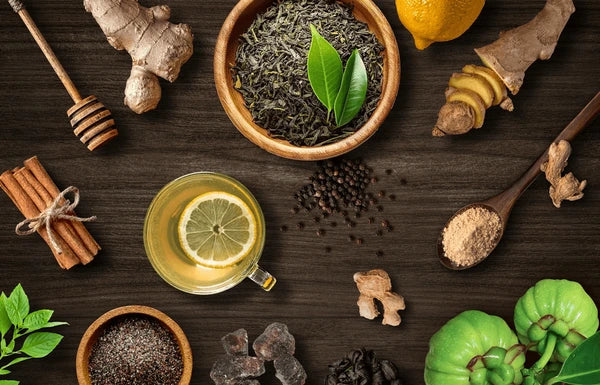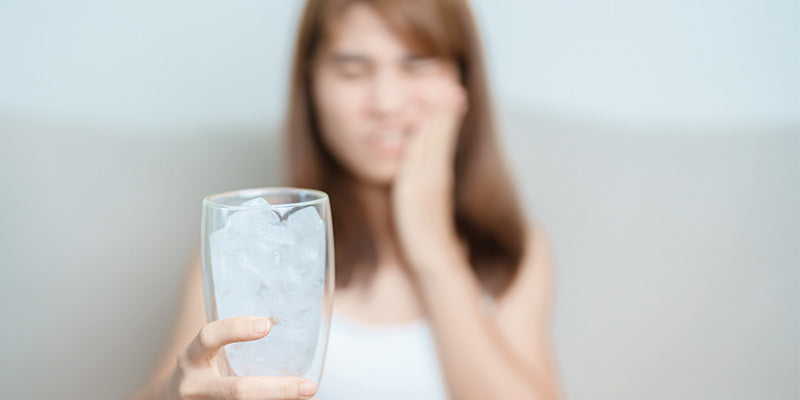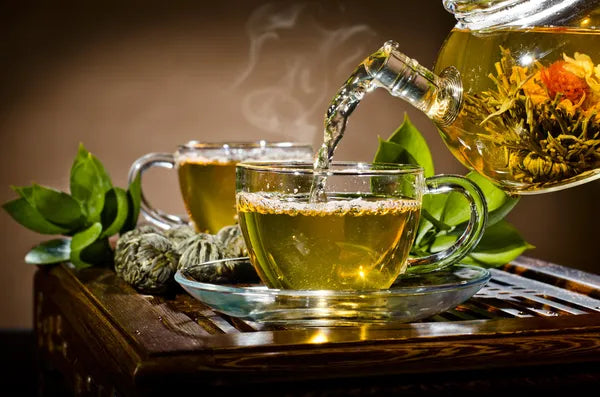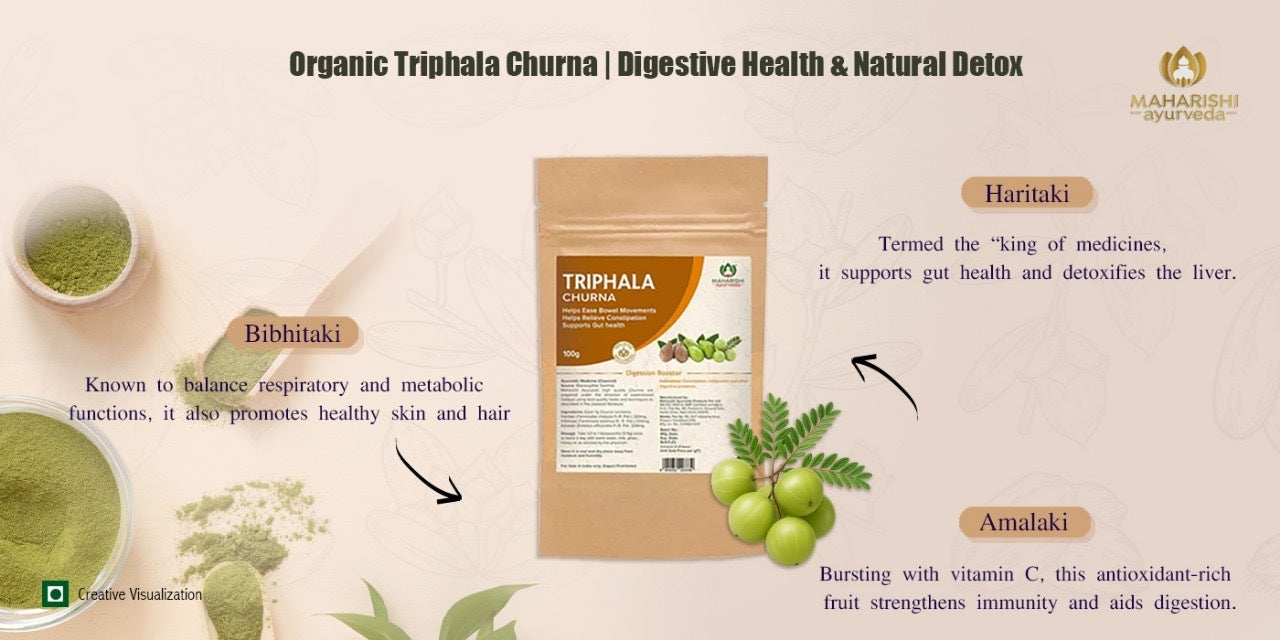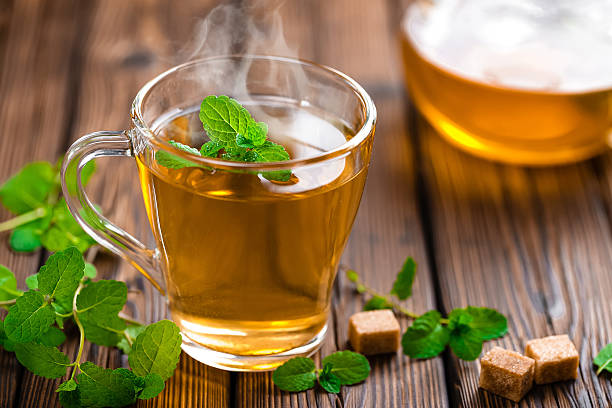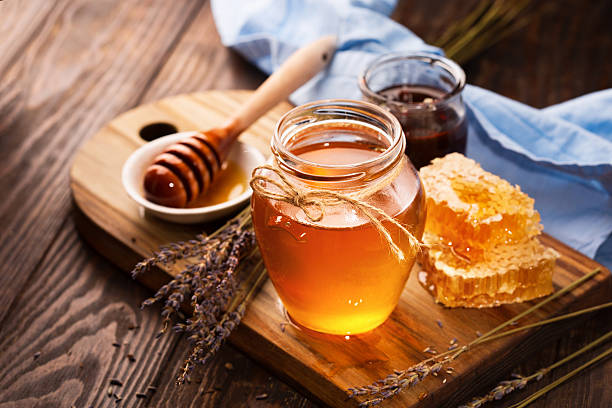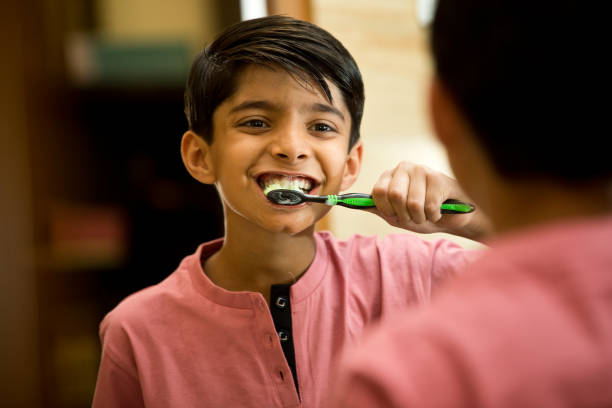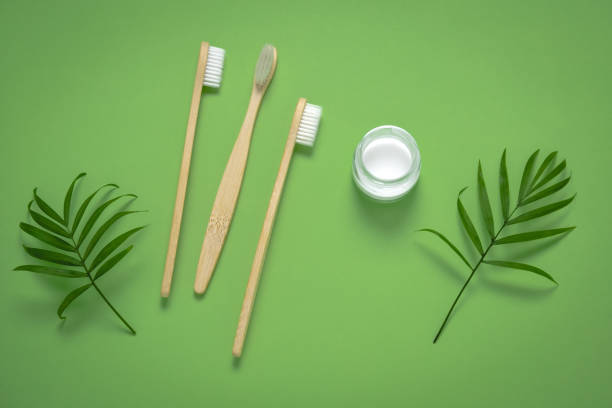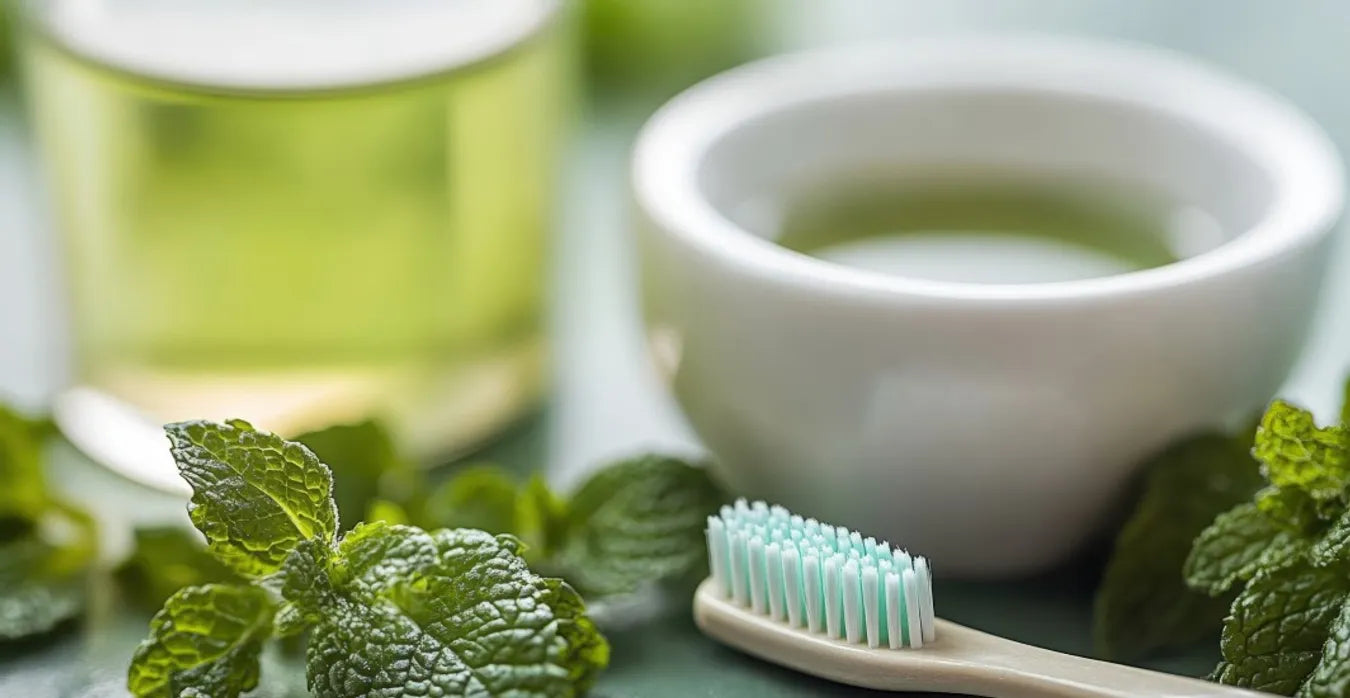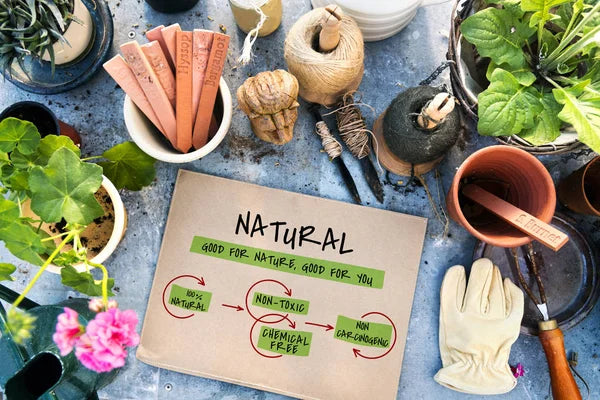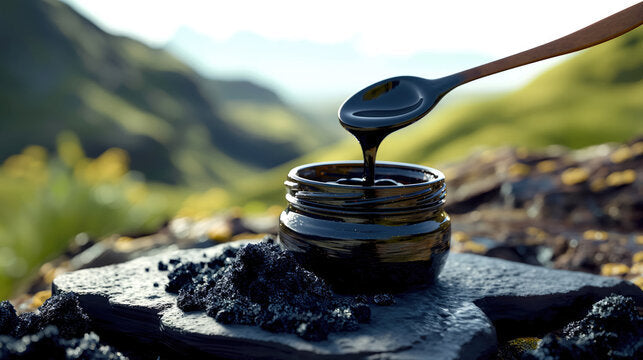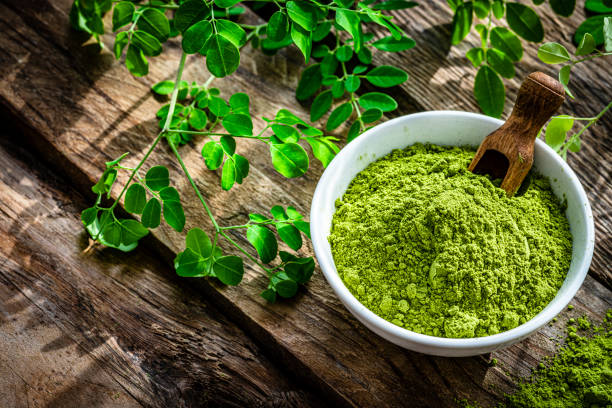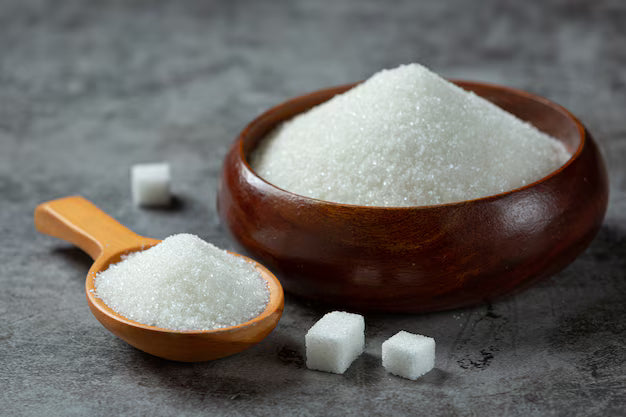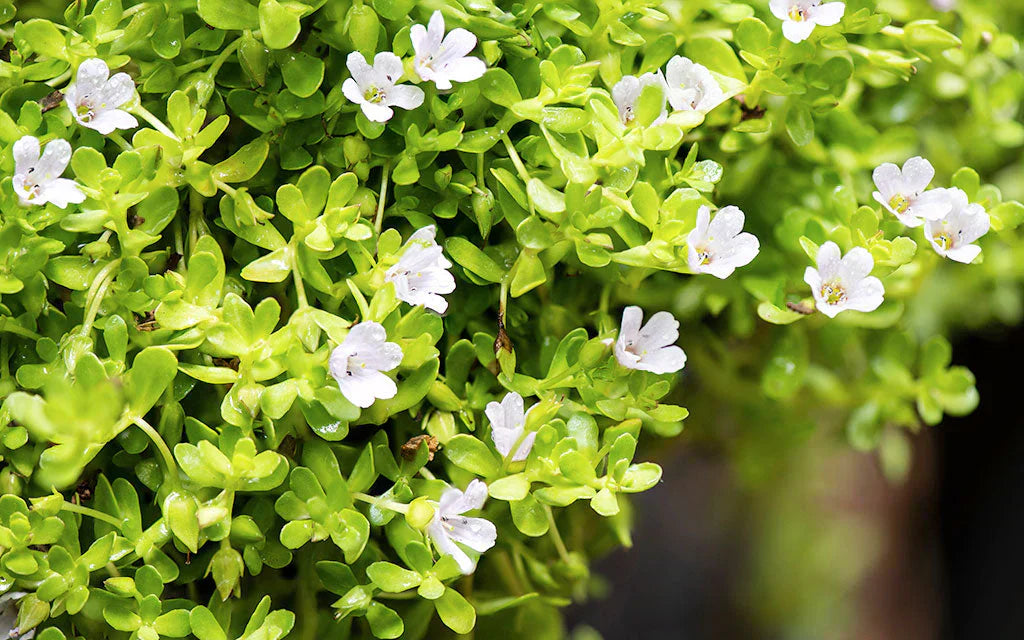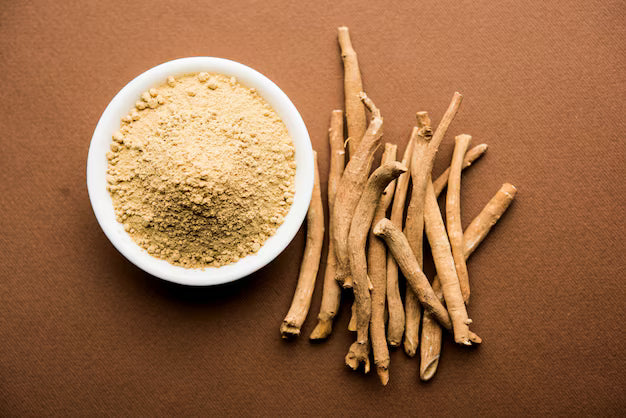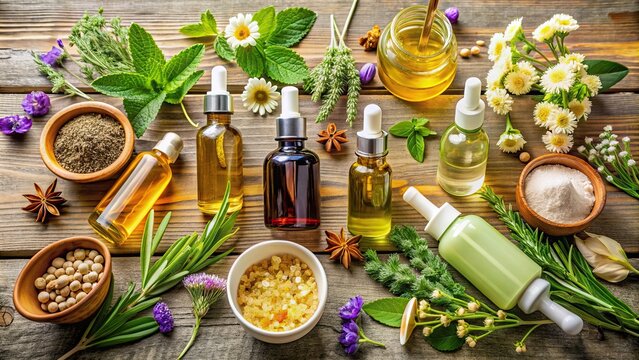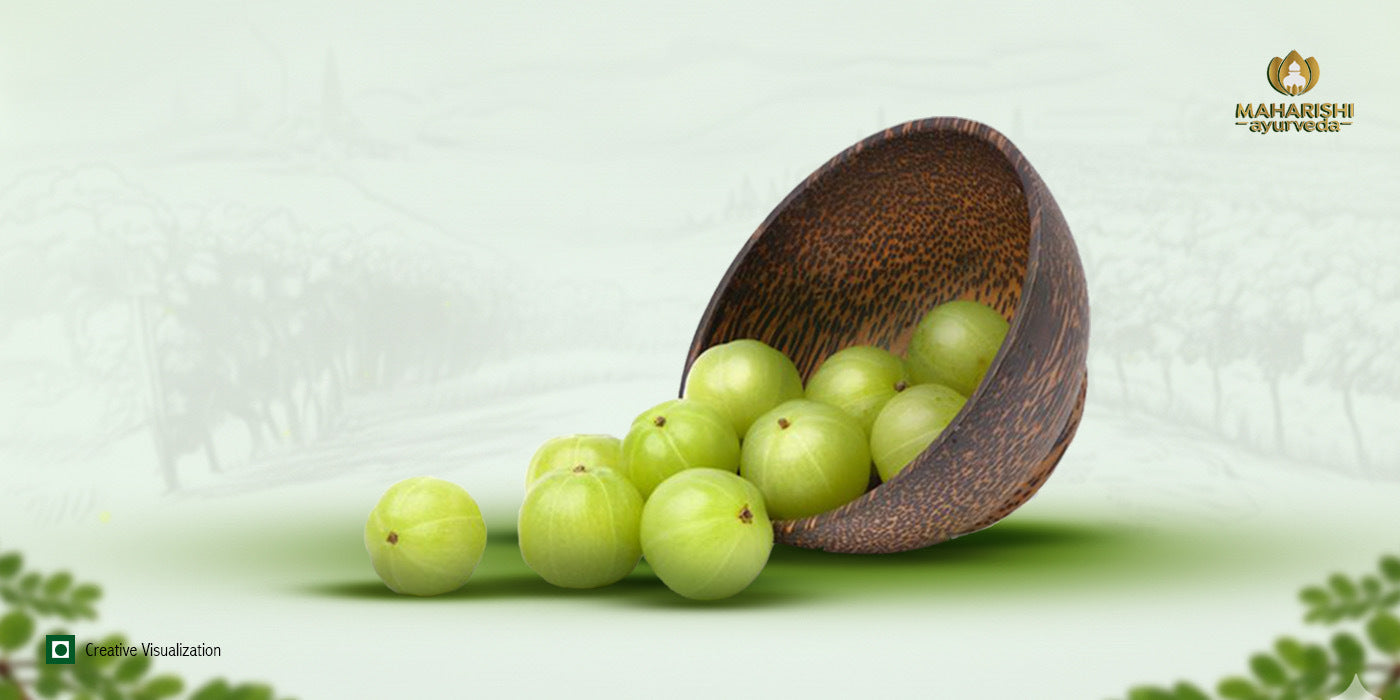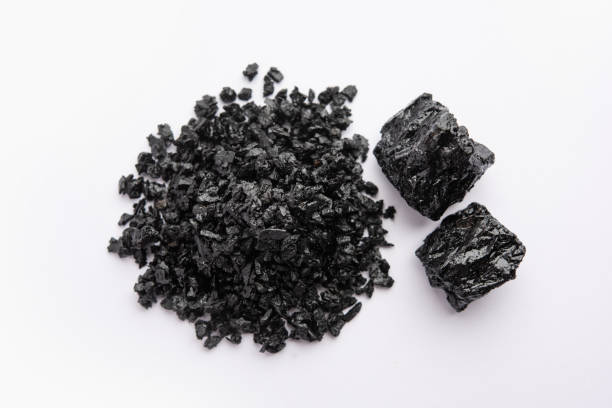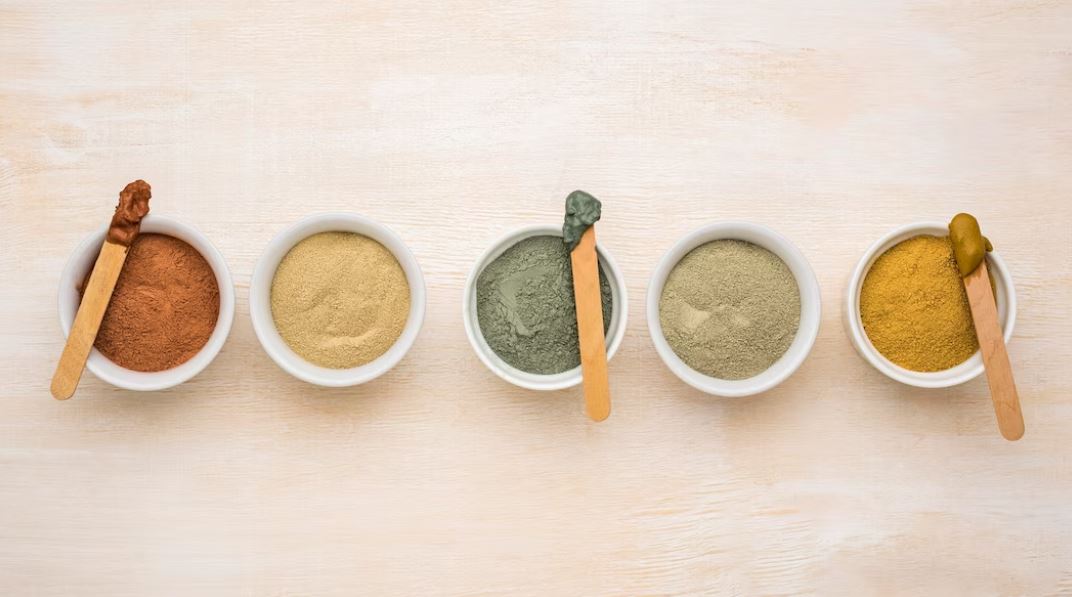Understanding Pitta Dosha: Symptoms, Natural Remedies & Ideal Diet

In Ayurveda, the human body is governed by three fundamental bio-energies known as Doshas: Vata, Pitta, and Kapha. Each Dosha represents a unique combination of the five elements (earth, water, fire, air, and ether) and determines both physical and mental characteristics.
Among them, Pitta Dosha, composed of fire and water, governs digestion, metabolism, and transformation. It is responsible for how food is digested, nutrients are assimilated, and body temperature is maintained. The Sanskrit root of “Pitta” means “to heat” or “to burn”, symbolizing its fiery, transformative nature.
When balanced, Pitta gives rise to radiance, intelligence, courage, and vitality. When aggravated, however, it can manifest as acidity, inflammation, irritability, and skin problems. Understanding your Pitta balance is key to maintaining harmony of body and mind.
TL;DR – Understanding Pitta Dosha
- Nature of Pitta: Composed of fire and water, Pitta governs digestion, metabolism, and transformation symbolizing heat, intelligence, and vitality.
- When Balanced: Promotes radiance, courage, sharp intellect, and clear skin reflecting inner strength and discipline.
- When Imbalanced: Leads to acidity, inflammation, anger, irritability, and skin problems due to excess internal heat.
- How to Balance: Favor cooling foods (fruits, greens, ghee), calming herbs (Amla, Guduchi, Neem), gentle yoga, and soothing environments.
- Mindful Living: Stay cool, hydrated, and rested. Explore Maharishi Ayurveda’s Pitta Pacifying Collection to harmonize body and mind naturally.
Pitta Prakriti – The Personality & Characteristics
People with a Pitta-dominant Prakriti exhibit clear physical, mental, and emotional traits:
-
Physical Traits: Medium build, warm body temperature, soft and slightly oily skin, sharp eyes, and an early tendency for gray hair or baldness.
-
Mental Traits: Focused, analytical, goal-oriented, and confident. They possess strong intellect (Medha) and natural leadership abilities.
-
Emotional Traits: Passionate and determined, but prone to anger, impatience, and perfectionism when imbalanced.
-
Physiological Traits: Strong digestion and metabolism (Agni), frequent hunger and thirst, and a tendency to sweat easily.
Pitta individuals often thrive in structured environments and leadership roles. Yet, to stay balanced, they must moderate their fiery drive with cooling foods, calming routines, and mindful relaxation.
Signs of Pitta Imbalance – Common Pitta Dosha Symptoms
When Pitta Dosha increases beyond normal, its fire element overheats the system, showing up as:
-
Digestive Issues: Hyperacidity, reflux, ulcers, diarrhea, and a burning sensation in the stomach.
-
Skin Disorders: Acne, rashes, eczema, rosacea, or excessive oiliness.
-
Emotional Disturbances: Anger, frustration, irritability, or jealousy.
-
Other symptoms include excessive body heat, sweating, headaches, and sensitivity to light.
If you notice these Pitta imbalance symptoms, your body is signaling a need to cool down and detoxify through dietary adjustments, herbal remedies, and lifestyle changes.
Specific Conditions – How Pitta Manifests in the Body
Excess Pitta primarily affects organs linked with heat and metabolism, such as the liver, stomach, skin, and eyes.
-
Pitta Vomiting (Pittaj Chhardi): Caused by indigestion, overheating, or spicy foods, often accompanied by a bitter taste and burning sensation.
-
Pitta Headache: Characterized by sharp, burning pain, often triggered by heat or stress.
-
Eye Disorders: Redness, dryness, or light sensitivity.
-
Liver and Hormonal Imbalance: Fatty liver, hyperacidity, and menstrual irregularities due to excess heat.
Ayurvedic Remedies for Pitta Dosha – How to Reduce Pitta Naturally
Balancing Pitta requires cooling, calming, and nurturing habits to soothe both body and mind.
Lifestyle Tips
Avoid prolonged sun exposure and overheated environments
Stay out of direct sunlight during midday, as excessive heat aggravates Pitta. Use shade, wear light cotton clothes, and apply cooling sandalwood or rose water to keep your body temperature balanced.
Maintain a routine with time for rest and creativity
Pitta thrives on structure, but excessive work or perfectionism causes burnout. Schedule breaks, enjoy creative activities, and practice leisure to balance intensity with calmness.
Practice cooling yoga poses and meditation
Gentle yoga asanas like Shavasana, Moon Salutations, and Chandra Bhedana Pranayama release excess heat, calm the mind, and restore inner equilibrium. Avoid overexertion and hot yoga styles.
Spend time in nature and wear soothing colors
Surround yourself with greenery, water, and calm environments. Colors like blue, green, and white help pacify fiery emotions and promote serenity in Pitta types.
Herbal Remedies for Pitta Dosha
Guduchi (Tinospora cordifolia)
Known as “Amrita” in Ayurveda, Guduchi detoxifies the liver, reduces internal inflammation, and strengthens immunity. It cools excessive heat and supports healthy digestion without weakening Agni (digestive fire).
Amalaki (Amla)
A natural source of Vitamin C and antioxidants, Amla cools the body, rejuvenates tissues, enhances skin radiance, and supports liver and gut health making it ideal for reducing excess Pitta.
Shatavari (Asparagus racemosus)
A deeply nourishing herb for both men and women, Shatavari balances hormones, supports reproductive health, and cools internal heat while improving emotional stability and resilience.
Neem (Azadirachta indica)
A powerful blood purifier and cooling herb, Neem soothes acne, reduces rashes, clears toxins from the system, and alleviates inflammatory skin and liver conditions linked to high Pitta.
Coriander, Fennel, and Cardamom
These gentle digestive herbs aid metabolism without generating heat. They calm acidity, reduce bloating, refresh breath, and maintain a balanced internal temperature after meals.
The Pitta Diet – Foods to Favor and Avoid
Fruits
Opt for naturally cooling and juicy fruits like melons, pears, grapes, mangoes, pomegranates, and sweet apples. These help replenish fluids, reduce acidity, and calm excess body heat. Avoid overly sour or unripe fruits.
Vegetables
Favor cooling, hydrating vegetables such as cucumbers, zucchini, leafy greens, asparagus, and bitter gourd. These lighten the digestive load, cleanse the liver, and calm fiery digestion. Steamed or lightly sautéed vegetables are best.
Grains
Include easily digestible and grounding grains like rice, oats, wheat, and barley. These grains are sweet and cooling in nature, helping to nourish tissues while soothing the digestive tract.
Dairy
Fresh milk, paneer, ghee, and unsalted butter (in moderation) pacify Pitta and strengthen Ojas (vital energy). Prefer organic, room-temperature dairy over processed or refrigerated varieties to maintain digestive harmony.
Spices
Mild spices such as coriander, fennel, turmeric, cardamom, and mint aid digestion without generating excess heat. They enhance flavor while keeping the digestive fire gentle and balanced.
Beverages
Stay hydrated with coconut water, rose water, buttermilk, and Pitta Herbal Tea by Maharishi Ayurveda. These cooling drinks help neutralize internal heat, refresh the body, and calm emotional intensity.
Foods to Avoid (Pitta-Aggravating Foods)
Avoid spicy, oily, sour, and fermented foods such as chilies, pickles, vinegar, fried snacks, red meat, and alcohol, all of which intensify internal heat and disturb Pitta equilibrium. Limit caffeine, garlic, and onions, especially raw, as they can trigger acidity, irritability, and excessive perspiration.
Instead, choose gentle cooking methods like steaming, boiling, or baking, and eat mindfully in a calm, cool environment to support optimal digestion and inner balance.
Self-Assessment – Are You Pitta Dominant?
Ask yourself the following
-
Do you feel warm most of the time?
-
Is your digestion strong with frequent hunger?
-
Are you ambitious and goal-driven?
-
Do you get irritated or impatient easily?
-
Do you experience skin issues or excessive sweating?
If you answered “yes” to most, you likely have Pitta-dominant Prakriti. To confirm, take a Vata-Pitta-Kapha Test or consult a certified Ayurvedic practitioner for personalized guidance.
Integrating Ayurvedic Wisdom Into Daily Life
To live harmoniously with your Pitta Dosha, adopt a cooling daily routine (Dinacharya):
-
Wake up early, before sunrise.
-
Practice Abhyanga (self-massage) with coconut oil or sandalwood oil.
-
Avoid overexertion; take short breaks to rest your mind.
-
Stay hydrated with cool, herbal infusions.
-
Favor calm surroundings and soft colors.
-
Engage in creative hobbies and reflective meditation.
Conclusion – Living in Balance with Your Pitta Dosha
When balanced, Pitta Dosha grants brilliance, courage, and a sharp intellect. When disturbed, it leads to inflammation, irritability, and burnout. By following a Pitta-pacifying diet, adopting a cooling lifestyle, and using Ayurvedic herbs mindfully, you can channel Pitta’s transformative energy toward vitality, clarity, and inner peace.
True Ayurvedic health lies not in suppression but in balancing the art of living in tune with your Dosha, the seasons, and nature itself.
Bring your Pitta into balance naturally — explore Maharishi Ayurveda’s Pitta Pacifying Collection.
FAQs
1. What Foods Should I Avoid for Pitta Dosha?
Avoid spicy, sour, salty, and oily foods such as chilies, pickles, vinegar, red meat, and fried snacks. These increase internal heat, acidity, and inflammation, aggravating Pitta and causing skin, digestive, or emotional imbalance.
2. What Is the Best Diet for the Pitta Body Type?
Follow a cooling, hydrating diet rich in sweet, bitter, and astringent tastes. Include fruits, leafy greens, rice, and ghee in moderation. Avoid skipping meals; eat freshly cooked, seasonal, and calming foods to maintain Pitta balance.
3. Is Vomiting a Sign of Pitta Imbalance?
Yes. Pitta aggravation often causes heat-related nausea or vomiting, especially after spicy, oily, or heavy meals. It reflects digestive disturbance and excess acidity, indicating the need for cooling, light, and easily digestible foods.
4. Can Pitta Dosha Cause Skin Problems?
Yes. Excess Pitta leads to heat and inflammation, showing up as acne, redness, rashes, or eczema. It increases internal toxins and sweat, making cooling foods, herbs, and calming routines essential for skin balance.
5. How Do I Know If I Have Pitta Prakriti?
You likely have Pitta Prakriti if you feel warm, have strong digestion, a sharp intellect, and a quick temper. Medium build, oily skin, and a tendency toward perfectionism are typical traits of a Pitta-dominant constitution.
6. Which Herbs Are Good for Pitta Dosha?
Cooling herbs like Guduchi, Amalaki, Shatavari, Neem, coriander, and fennel help reduce Pitta heat. They cleanse the liver, purify blood, support digestion, and calm inflammation when used as teas or Ayurvedic formulations.
Popular Posts

The Ayurvedic Benefits of Castor Oil: From Detox to Digestion
24 Nov, 2025Introduction Castor oil, Eranda Taila, or Arandi Oil, holds a special place in Ayurveda as one o...
Read more
Top 5 Ayurvedic Oral Care Tips for Winter
21 Nov, 2025Understanding Ayurvedic Oral Care Imagine a winter morning, the air crisp and cool, with a gentl...
Read more
Can People with Acne-Prone or Oily Skin Use Kumkumadi Tailam?
19 Nov, 2025When “Glow Oils” Meet Oily Skin Fears Many people with oily or acne-prone skin hesitate to try fa...
Read more





 Popular Read
Popular Read













